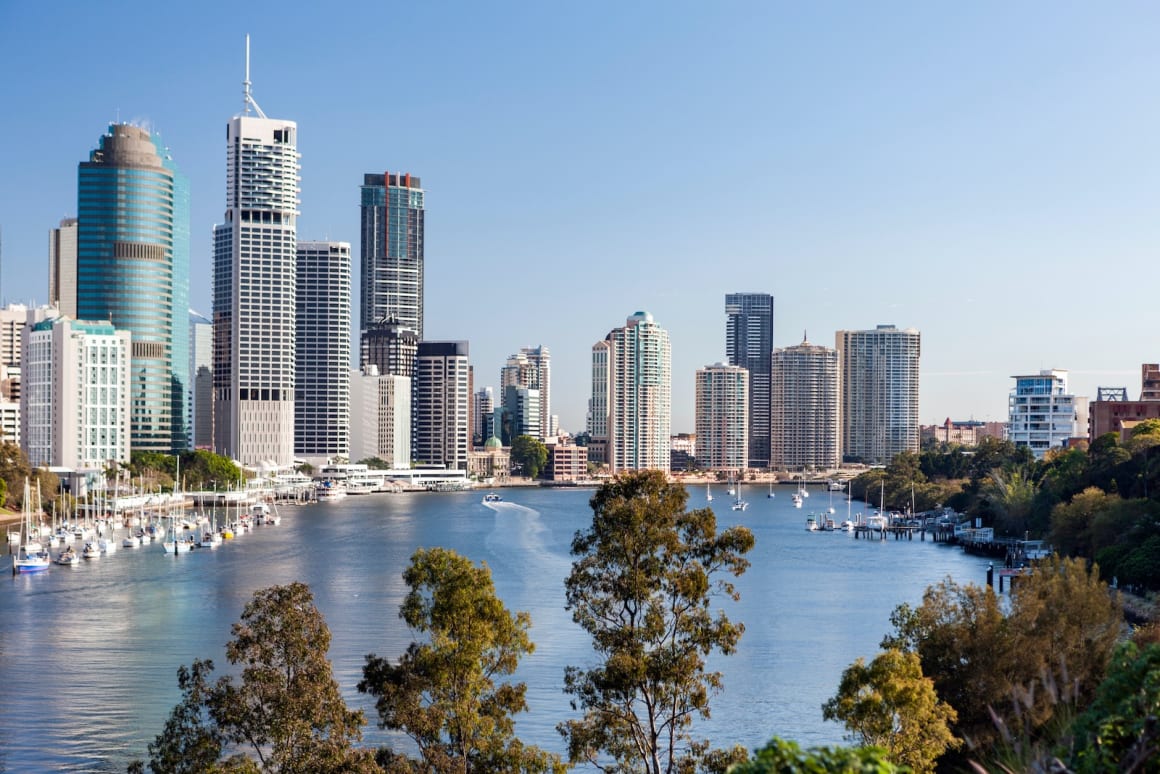Why Brisbane apartments are set to see significant price growth: Colliers International Australia

As Brisbane’s median house price skyrockets, the gap to the median apartment price widens, but it’s set to be short-lived with Colliers research showing the apartment market tipped is for a dramatic price increase.
Brisbane’s median house price increased by 10.7 per cent to $890,000 in the March quarter, according to research by Colliers.
The gap between the median house price and the median apartment price is at 49 per cent, the greatest differential Brisbane has seen in two decades.
However, Colliers Director Residential Queensland Andrew Roubicek believes the city is in for a significant price increase in the apartment market as we move into the second half of 2022, with compounding pressures on the construction sector forcing developers of new stock to lift prices.
“Working closely with developers, builders and architects as part of the project marketing arm of Colliers, and selling more than 5,000 apartments annually, we have seen first-hand the impact of labour and material shortages,” Roubicek said.
“Costs are rising by up to 30 per cent, and recent floods and COVID-induced issues are intensifying the problem and causing significant delays on construction timeframes.”
The impact of cost increases as a result of compounding environmental factors has had a dramatic impact on the construction sector, with several builders entering voluntary administration of falling into receivership.
However, Roubicek said the impacts of the cost increases and external pressures had a far wider reaching implications than the construction sector alone.
“There have been several examples of new developments achieving presale requirements of around 80 per cent, only to have developers refund deposits and tear up contracts because building costs have escalated to a point that the development is financially unviable,” he said.
“It’s left homebuyers utterly upset and disgruntled, particularly in what has become such a competitive market.
“As a consequence, developers who are looking to acquire new development sites are forced to increase their projected sale prices by around 20 per cent in their feasibilities. Just 18 months ago a two-bedroom apartment in Brisbane might have sold off the plan for $9,000 per square metre.
“But, to build that apartment today the developer would need to achieve a sale price of $11,000 per square metre for the project to stack up. That’s a 20 per cent price increase passed directly onto buyers,” he added.
Roubicek said the economic impact of interest rate increases would further impact on housing affordability, forcing buyers back into the apartment market.
“Buyers may see better value in the established apartment market in the short-term, as opposed to buying new off the plan. However, this will be a short-lived alternative as supply dries up and investors stake advantage of rental vacancy rates.
“We expect surge in demand from investors as the rental vacancy rates continue to fall to less than one per cent and rental yields approach five per cent. This increase in demand will have a significant impact on the second hand apartment pushing up prices reflecting the price of a new apartment.”


